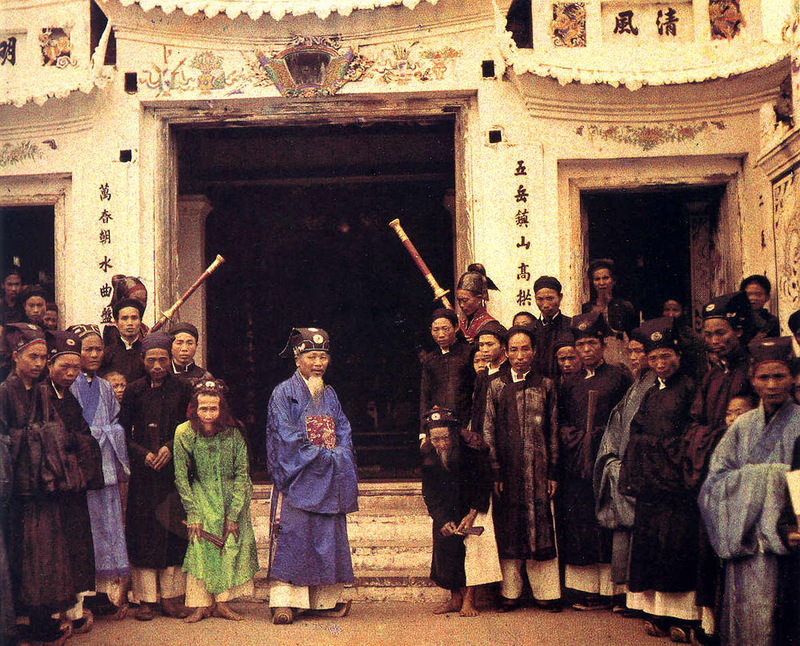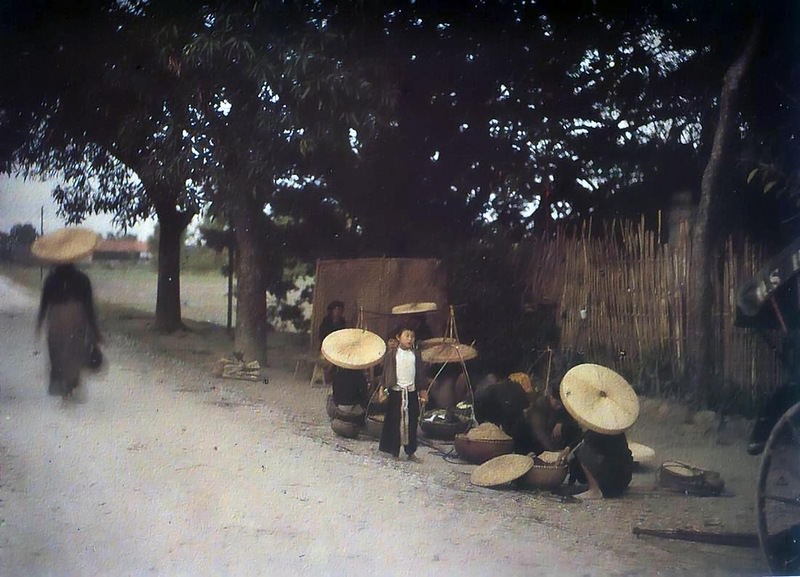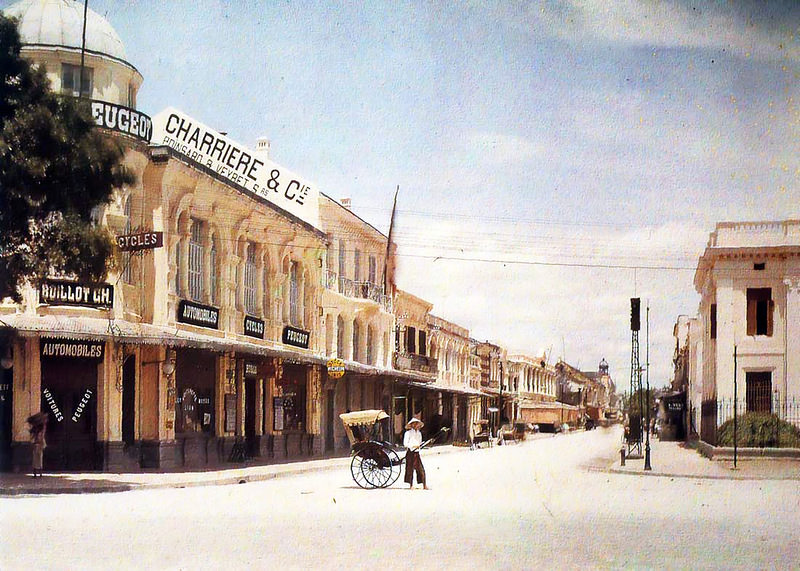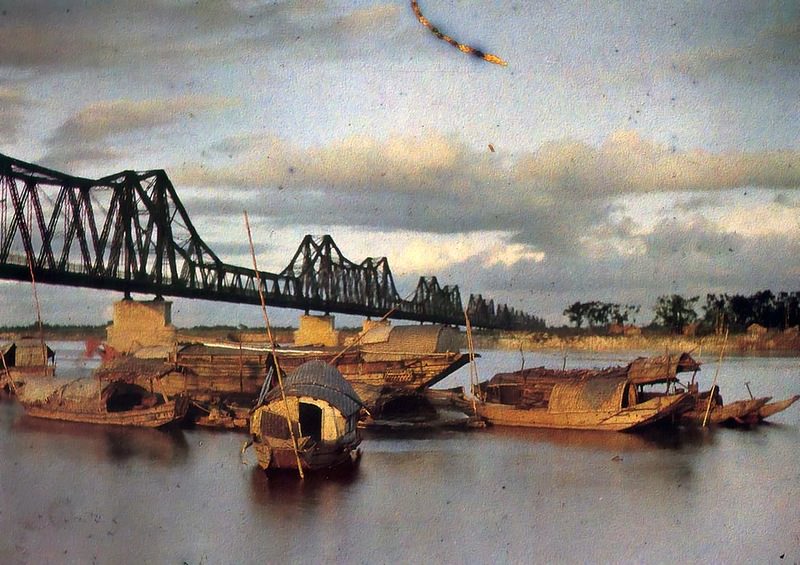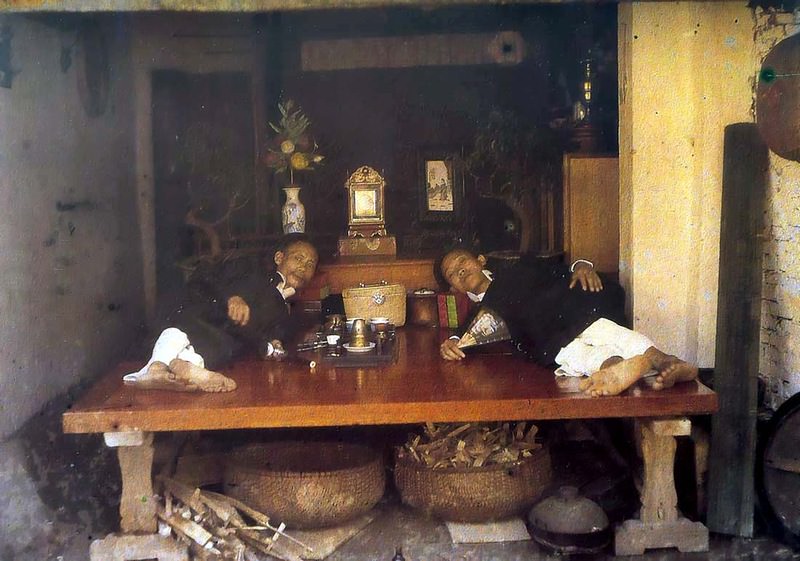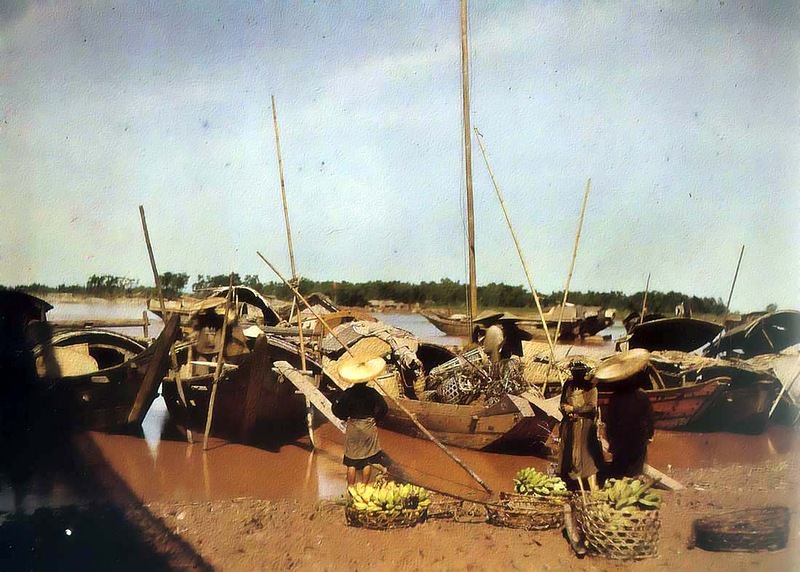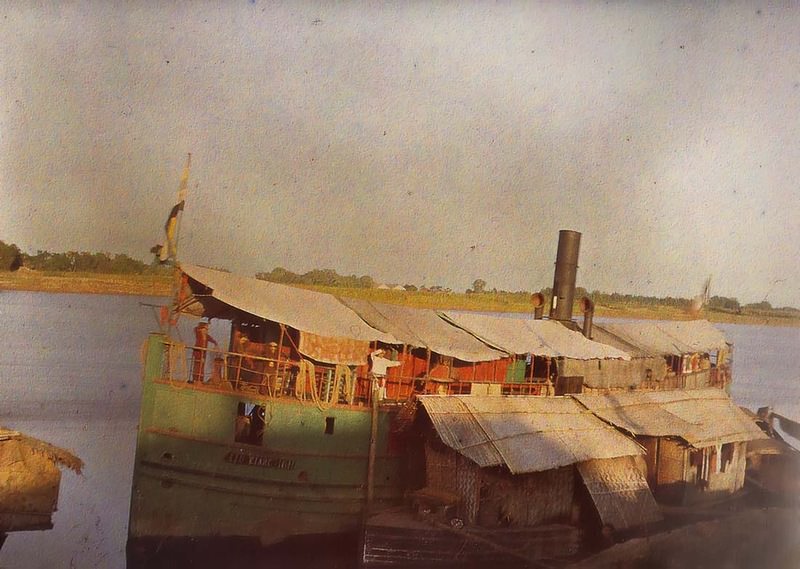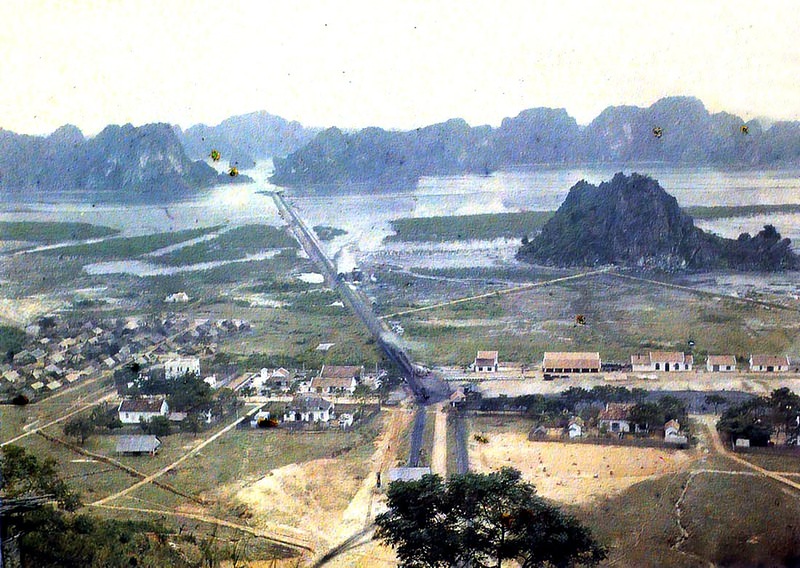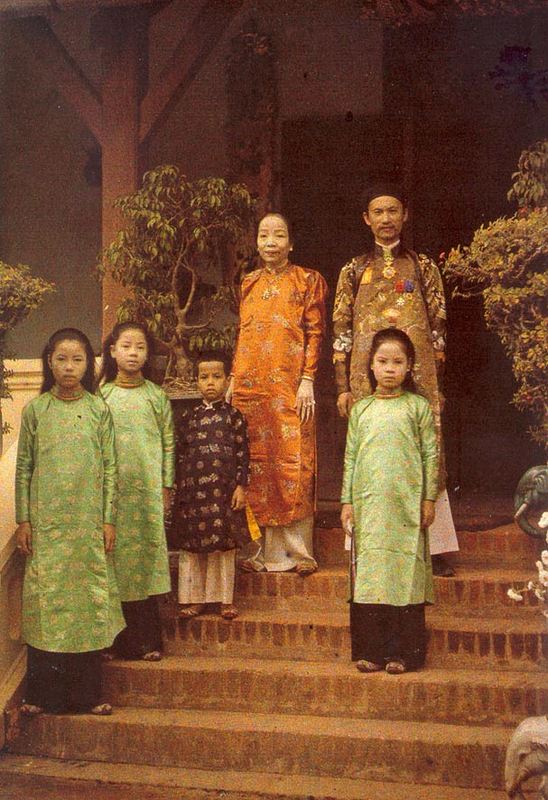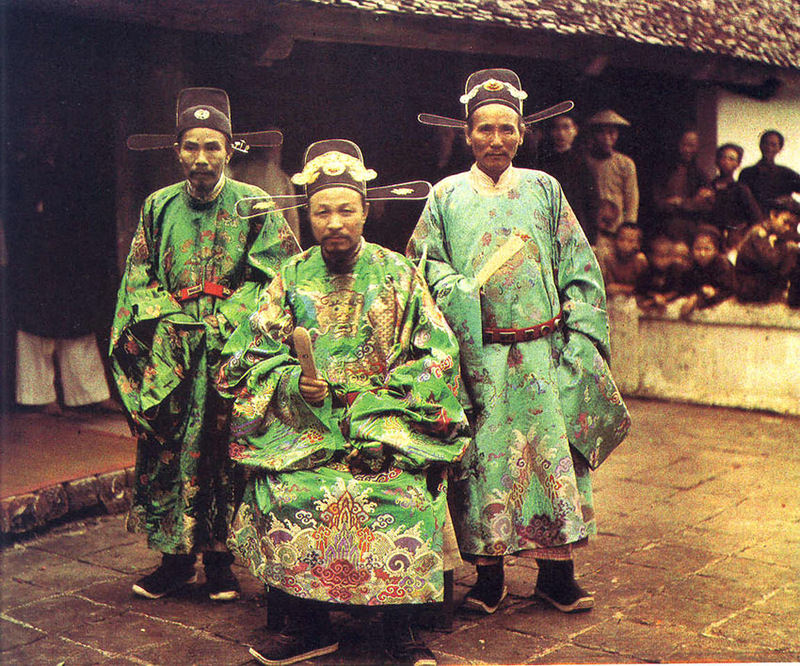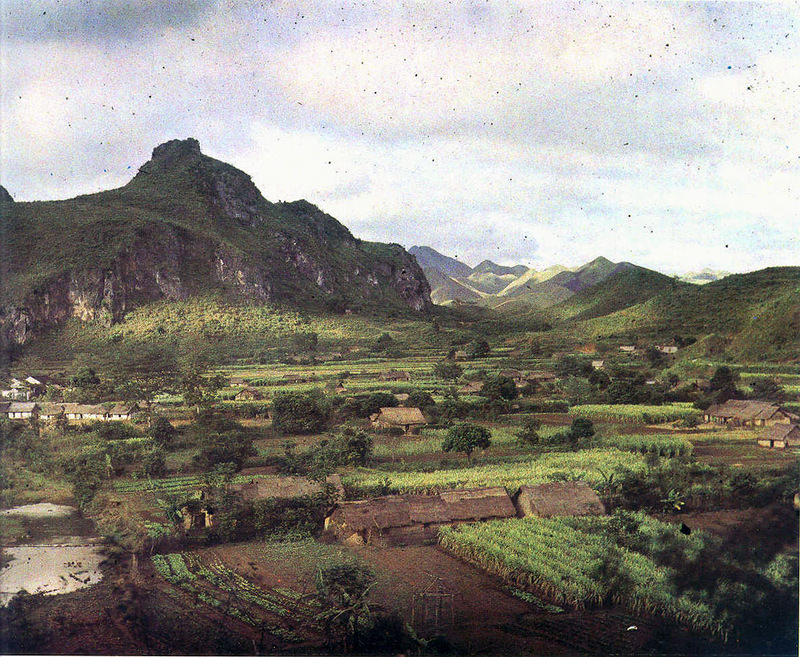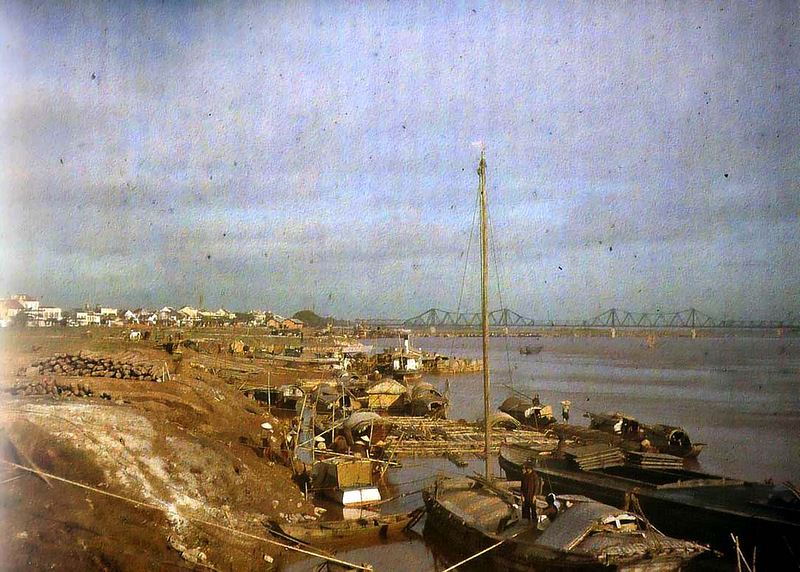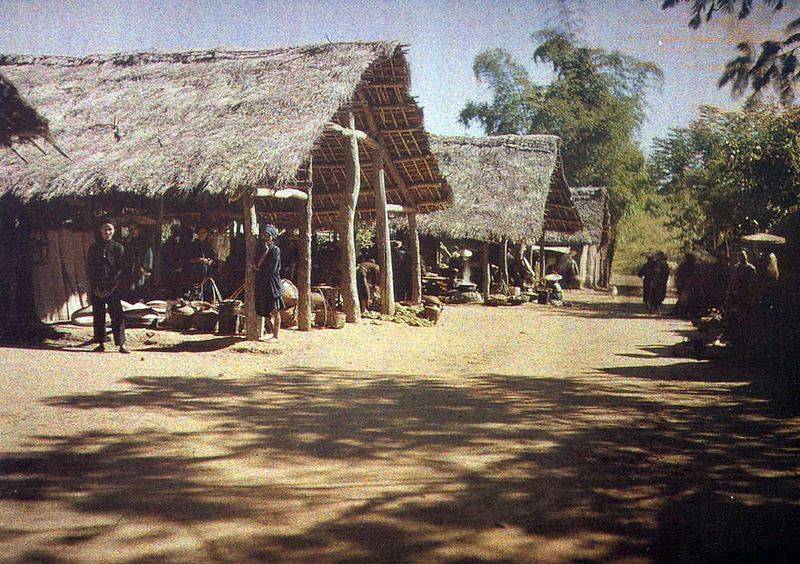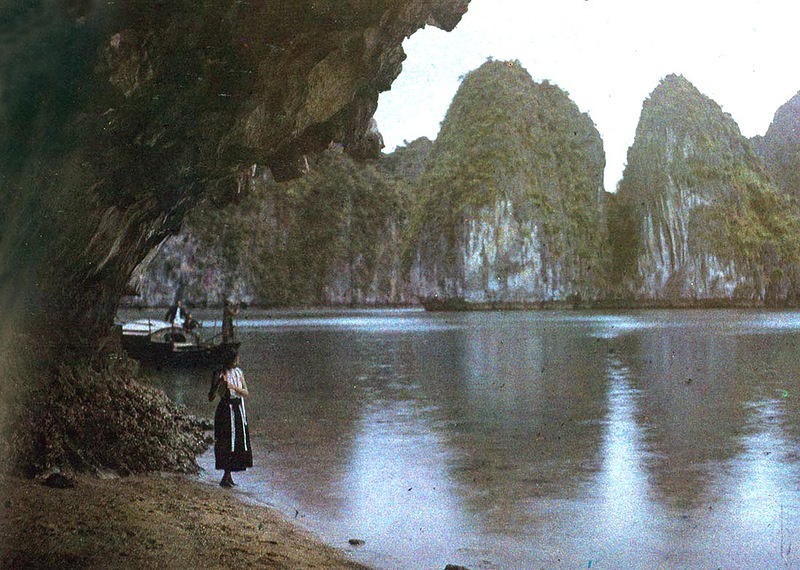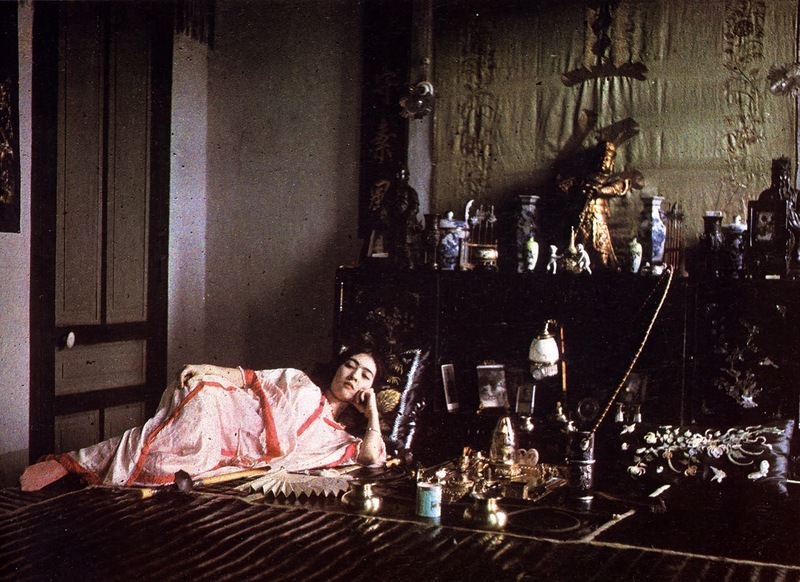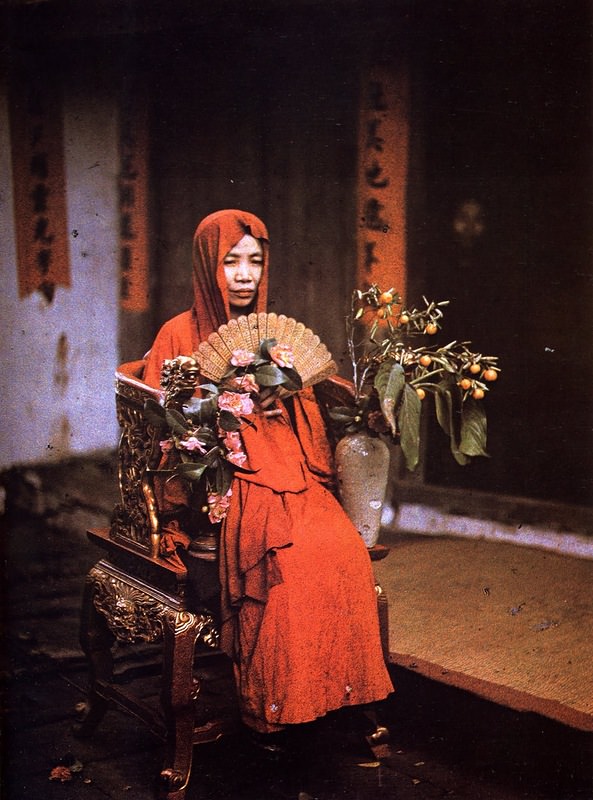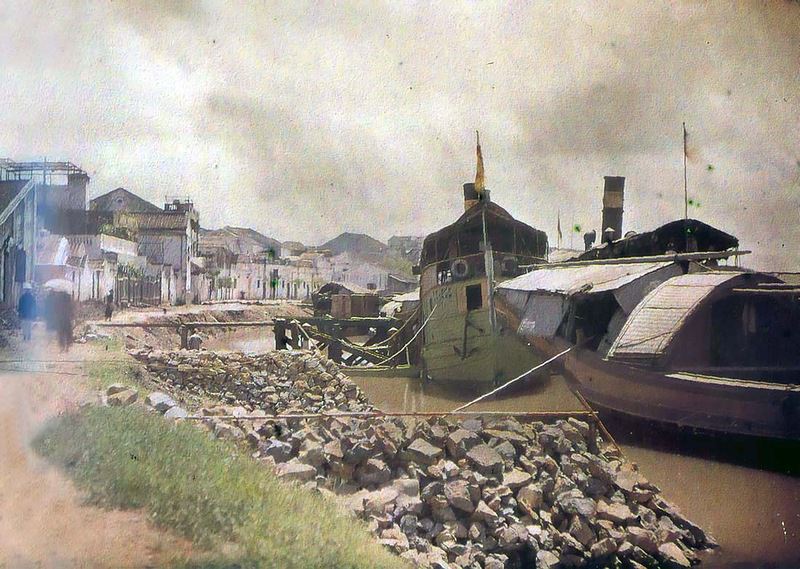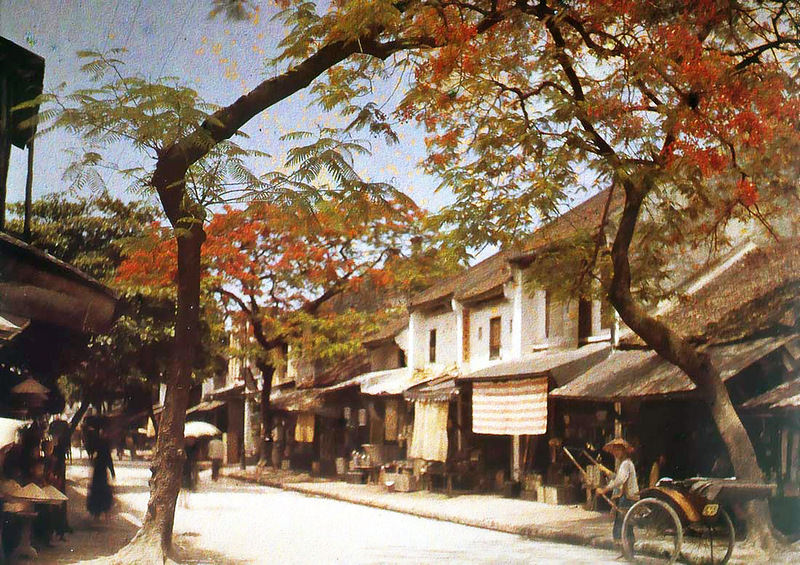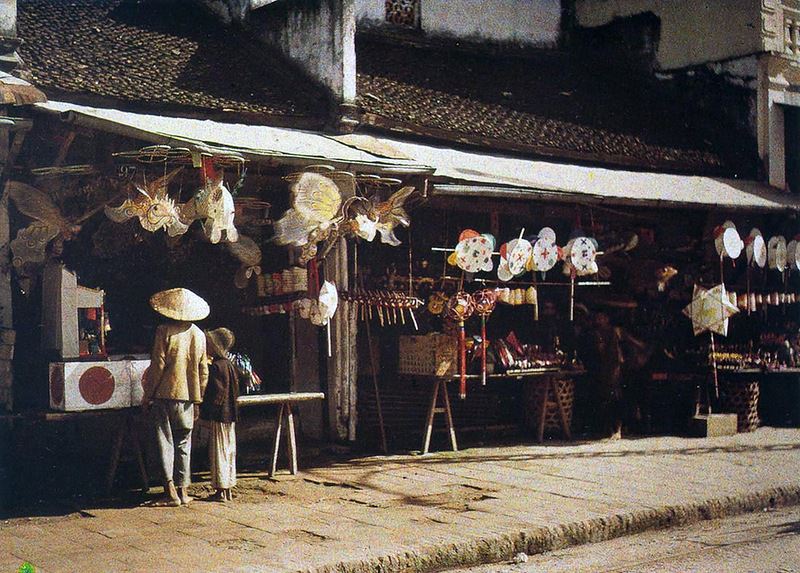Hanoi, the capital of Vietnam, has a long and rich history. In 1915, Hanoi was under French colonial rule. It was part of what was then called French Indochina. The French had established their presence in the late 19th century. They had built grand colonial buildings, wide boulevards, and public parks. These structures stood alongside traditional Vietnamese houses, temples, and markets. The city was a mix of old and new.
The French quarter of Hanoi was characterized by its European-style architecture. Government buildings, hotels, and villas were built in this area. The streets were lined with trees and had a distinctly French feel. This area was where many French officials and colonists lived.
Outside the French quarter, the city retained much of its traditional Vietnamese character. Narrow streets and alleys were lined with small shops and houses. These areas were bustling with activity. They were the heart of daily life for most Hanoians. The old ways were still strong.
Markets and Street Vendors
Markets played a vital role in the daily life of Hanoi in 1915. They were places where people bought and sold goods. They were also important social hubs. People gathered to chat and share news.
The city had several large markets, each specializing in different types of goods. There were markets for fresh produce, meat, fish, and dry goods. There were also markets for clothing, household items, and traditional crafts. Each had its own unique atmosphere.
Read more
Street vendors were also a common sight in Hanoi. They carried their goods on shoulder poles or in baskets. They sold everything from food and drinks to small household items. They were an essential part of the city’s economy.
These vendors often had regular routes and customers. They would call out to announce their wares as they walked through the streets. Their calls were a familiar sound in the city. They were part of the daily rhythm of life.
Transportation in 1915 Hanoi
Transportation in Hanoi in 1915 was quite different from what it is today. There were few cars. Most people got around on foot, by bicycle, or by rickshaw. These were common modes of transport.
Rickshaws were a popular form of transportation, especially for shorter distances. These were two-wheeled carts pulled by a person. They were a relatively inexpensive way to get around the city. They were used by both locals and visitors.
Bicycles were also becoming increasingly common. They were a faster and more efficient way to travel than walking or using a rickshaw. They were particularly popular among younger people. They offered a sense of freedom.
The French had also introduced a tram system to Hanoi. These electric trams ran along the main streets of the city. They provided a more comfortable and convenient way to travel longer distances. They were a sign of modernization.
Occupations and Livelihoods
People in Hanoi in 1915 worked in a variety of occupations. Many were involved in traditional trades and crafts. Others worked in agriculture or in the growing industrial sector. The city offered diverse opportunities.
Many Hanoians were skilled artisans. They produced a wide range of goods, including silk, ceramics, lacquerware, and metalwork. These crafts were often passed down through generations. They were a source of pride and identity.
Others worked in agriculture, growing rice, vegetables, and other crops in the surrounding countryside. Farming was a labor-intensive process. It relied heavily on manual labor and traditional methods. It was essential for feeding the city.
Some Hanoians worked in government offices, as clerks, translators, or in other administrative roles. Others worked in businesses that catered to the French population. These jobs often required some level of French language skills.


